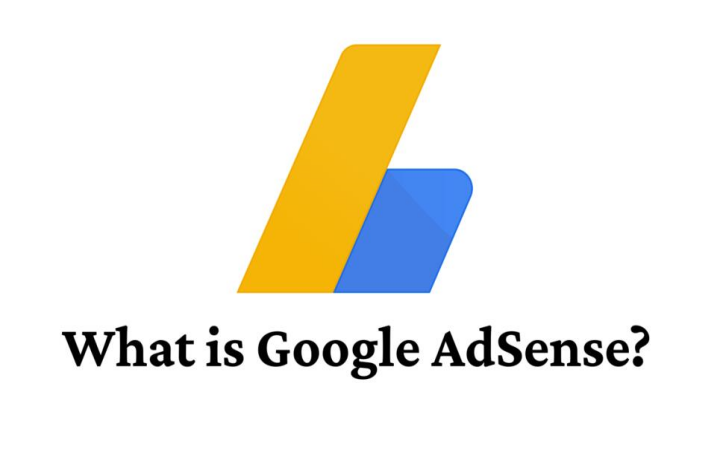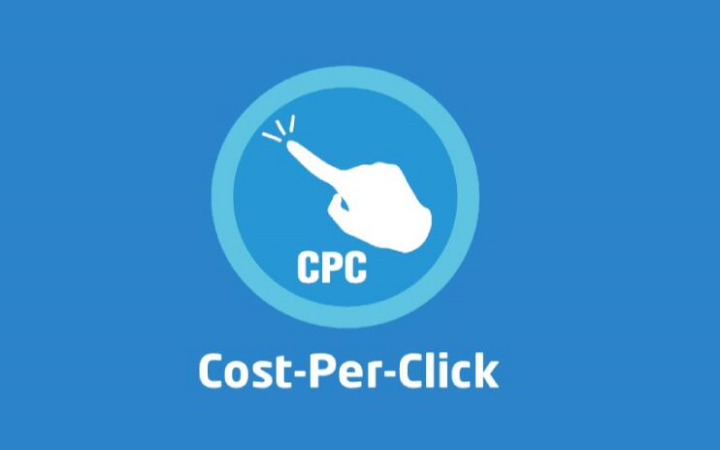In the world of digital marketing being relevant and getting the interest of potential customers could seem like a fickle performing a juggling act. Amid a myriad of strategies, contextual advertising has become a highly effective and precise way to reach an appropriate audience at the right moment. What exactly is contextual marketing, and how will it benefit your company? Don’t worry this is where you’ll discover the solution. Contextual marketing will be decoded in this tutorial.

What is Contextual Advertising?
The essence of contextual advertising is “context.” It’s about getting the correct advertisement to the right person at the right time and, even more importantly at the right place. The type of activity users are currently engaging in online is made up of the site’s material Keywords as well as the page’s content, and the device that is being used.
What is the Difference Between Contextual Advertising and Behavioral Advertising?
Although both methods apply to give more relevant advertising, experts advocate using them through divergent techniques.
Contextual Advertising:
- A piece of ad can use the text to display only matchings about the current page content.
- Records user interactions with the content but doesn’t make use of the user’s browsing history.
- Implies that ads added are in line with the present needs of the user.
Behavioral Advertising:
- This method uses user behavior data collected across websites.
- Through the use of the ads, a picture of the user is built since users are matched more intelligently, which relates to tracking user behavior.
- The ability to customize the experience might not be as effective when a user’s present session doesn’t reflect their general preferences.
How Does Contextual Advertising Work?
Publishers, advertisers, and technology are three entities that perform three different steps in contextualized advertising content. It is a very complex relationship.
Step 1: Crawling
The web pages are ‘crawled’ by the search engine bots who explore the pages and look for keywords as digital platforms. You must perform this activity to establish the context of the web content.
Step 2: Matching
The ad servers collect the keyword data and other context signals to match ads relevantly with appropriately structured content. It further utilizes sophisticated algorithms to ensure the matching of the best ad with the particular web content.
Step 3: Displaying
Secondly, when the relationship is established between content and advertising, the right ad in the content is provided to the user. The point of contact may be in the form of content they consume.
The Benefits of Contextual Advertising
High Relevancy
By blending or fading away with the rest of the content on the page, contextual ads become in the flow and work more effectively with user actions. Users are more active in clicking on ads that reflect their current interests.
Increased Engagement
With real-time messages and target-based control practices, contests show increases in engagement rates compared to more traditional forms, such as contextual advertising, which at times reaches even the point of “Viral”. Using the targeted approach makes it more effective than traditional advertising forms since contextual advertising ensures the right ads are shown to the right people at the right time.
Cost-Effectiveness
It is an efficient strategy in terms of cost since it limits the audience to the viewers who are most likely to turn. This helps reduce the amount of advertising wasted on viewers who are not likely to be willing to act.
Improved ROI
Increased audience participation, as well as the conversion funnel, make a good return on investment. It can help advertisers earn and achieve a high-yield return on ad spending by running ads that convert better or are likely to convert.
The ABCs of Using Contextual Advertising
Before a pilot can lift off the ground, an advertiser must fully understand the complexity of using contextual advertising before getting into operations.
Choosing the Right Platform
It is impossible for platforms to create equivalent digital platforms according to contextual ads. Therefore, they need to analyze those platforms that are most visited by their audience, and where contextual ads can have the greatest impact.
Metrics Matter
One of the limitations of contextual advertising is that it does not allow for effective measurement without metrics. Keeping track of click-through rates, purchase processes, and expenditures is essential.
Continuous Optimization
You can’t afford to think on the static plane of contextual advertising. Based on the metrics you receive, here is where the continuous updating will take place. Experts tout A|B testing different ad elements, keywords, and the very website landing pages as the first step to follow.
Compliance and Best Practices
Being powerful brings huge responsibilities with it, as the saying goes. Contextual advertising must comply with both legal and ethical regulations protecting user privacy when implemented by a company.
Tips for Contextual Advertising Success
Leverage the Power of Negative Keywords
It’s equally essential to know what keywords NOT to use, as it is to know what to utilize. Negative keyword terms should be searched for not only to protect your budgets from being dropped by irrelevant ad views but also to prevent your advertisements from being run in contexts that are not appropriate.
Refresh Your Creative Regularly
Completely fledged creative content on the fourth is the hardest to catch the attention of users. Fresh your content by adding personal copy and creative elements in a regular way to keep the engagement and curiosity going.
Use Ad Extensions to Your Advantage
Below the ad, you can accompany ad extensions with additional pieces of helpful information, such as phone numbers, URLs, or any information about their sites, contact links, and phone numbers. In your ad, you can add more information and users will be able to interact with that information also.
Think Multi-Device
Various sources should alter the formation of the user journey based on the stimuli received. In addition, when a special event occurs, then other forms of conversion, such as online and offline conversion, need to be considered besides standard conversion actions. Be sure to position your ad campaigns accurately for such a multi-device environment to ensure efficient and effective campaigns.
Aim for Hyper-Local Targeting
For businesses with the closest market, the exhibition of local targeting in such a way it looks like a laser spot; it’s just to draw the user’s attention not to shoot them for real. The targeting specialist should remember that perfect targeting gives perfect conversion rates.
FAQs
What are Some Examples of Contextual Advertising?
An excellent illustration of contextual marketing is a business advertisement that appears in a blog post on the most popular tourist destinations. An article about the latest fashion might benefit from an advertisement similar to one from a fashion store.
Is Contextual Advertising Legal and Ethical?
Yes, provided that it does not violate the privacy of users and is by privacy laws and regulations and laws, contextual advertising is a legal and ethical method to provide customers with relevant advertisements that they will find relevant and enjoyable.
Does it make sense to make contextual ads without an online platform such as Google Ads?
While platforms such as Google Ads offer sophisticated tools to benefit you with contextual advertising, it’s possible to create targeted contextual advertising on your own together with automated advertising services or by directly partnering with advertising publishers.


